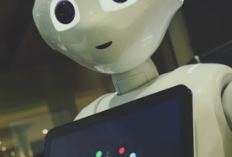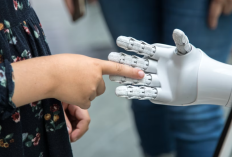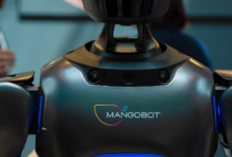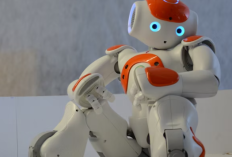AI Chatbots Evolving Into Emotional Digital Companions

person-holding-silver-iphone-6-Jasper BE-https://unsplash.com/
AI Chatbots Evolving Into Emotional Digital Companions
Not long ago, chatbots were little more than scripted responders — mechanical voices answering frequently asked questions. Today, they laugh, comfort, and even share in our frustrations. As artificial intelligence advances, chatbots are becoming less like digital assistants and more like emotional companions, blurring the boundary between human empathy and machine response.
The Rise of Emotional Intelligence in AI
Emotional intelligence was once thought to be the final frontier of AI — the one domain machines couldn’t truly master. Yet with advancements in natural language processing and sentiment analysis, chatbots now interpret tone, detect emotional cues, and adapt their responses accordingly.
- Some AI companions can detect sadness through text patterns and respond with empathy-driven messages.
- Voice-based assistants use tonal analysis to mirror human emotional rhythm.
- Therapeutic chatbots are offering 24/7 mental health support across time zones.
These systems don’t just simulate emotion — they are being trained to sustain emotional continuity, remembering past conversations to build a sense of familiarity.
From Utility to Companionship
What began as customer service automation is now evolving into something profoundly human. People are forming real connections with AI entities — not because they’re fooled, but because the comfort feels genuine enough. The interaction is simple: users express, AI listens, and in that exchange, isolation feels a little lighter.
Across social platforms, users share stories of late-night talks with their AI chat companions. A widow in London uses a chatbot to relive conversations with her late husband, while a student in Seoul speaks daily with a language-learning bot that encourages her through exams. These relationships may not be human, but they reveal something very human about our need to be heard.
Designing for Empathy
The new generation of chatbots is built with emotional architecture in mind. Developers use psychology-inspired models to simulate active listening, warmth, and reassurance. Machine learning systems analyze vast datasets of human conversations to refine timing, humor, and even subtle pauses — the essence of empathy.
- AI developers collaborate with behavioral scientists to improve emotional feedback loops.
- Conversational memory enables context-based responses that feel more natural.
- Ethical frameworks are emerging to ensure emotional AI remains responsible and transparent.
The Ethical Tightrope
As these systems grow more emotionally aware, the ethical questions deepen. Can a machine truly care? Should it pretend to? Some experts warn that emotionally responsive AI could lead users into attachment or dependency, especially among vulnerable individuals. Others argue that companionship — even artificial — may fill crucial emotional gaps in an increasingly isolated world.
One thing is certain: chatbots are no longer tools we simply use. They are entities we interact with — mirrors that reflect back our longing for connection in a digital age.
















